Winchester Centennial Model 1876
other By: Dave Scovill | January, 26

While the Model 73 was a remarkable success, and the .38 and .44 WCFs were considered by many to be adaptable for most North American big game, it was obvious to company executives that they needed larger, more robust cartridge designs to compete with the single shots of the era, including Sharps, Ballard, Bullard, et al., that at the very least were suitable for the Government .45-70, namely the 500-grain cartridge with 70 grains of black powder.
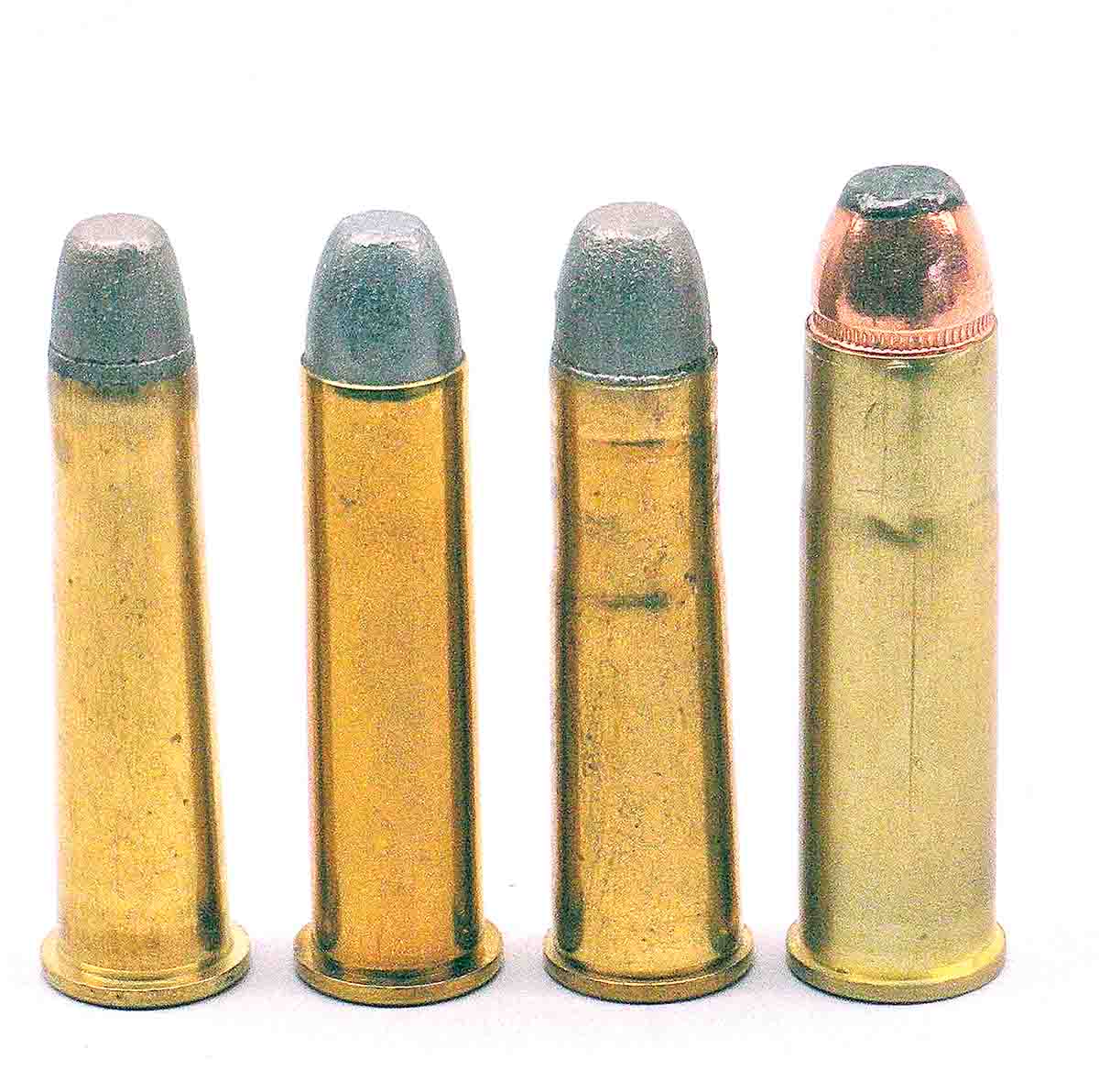
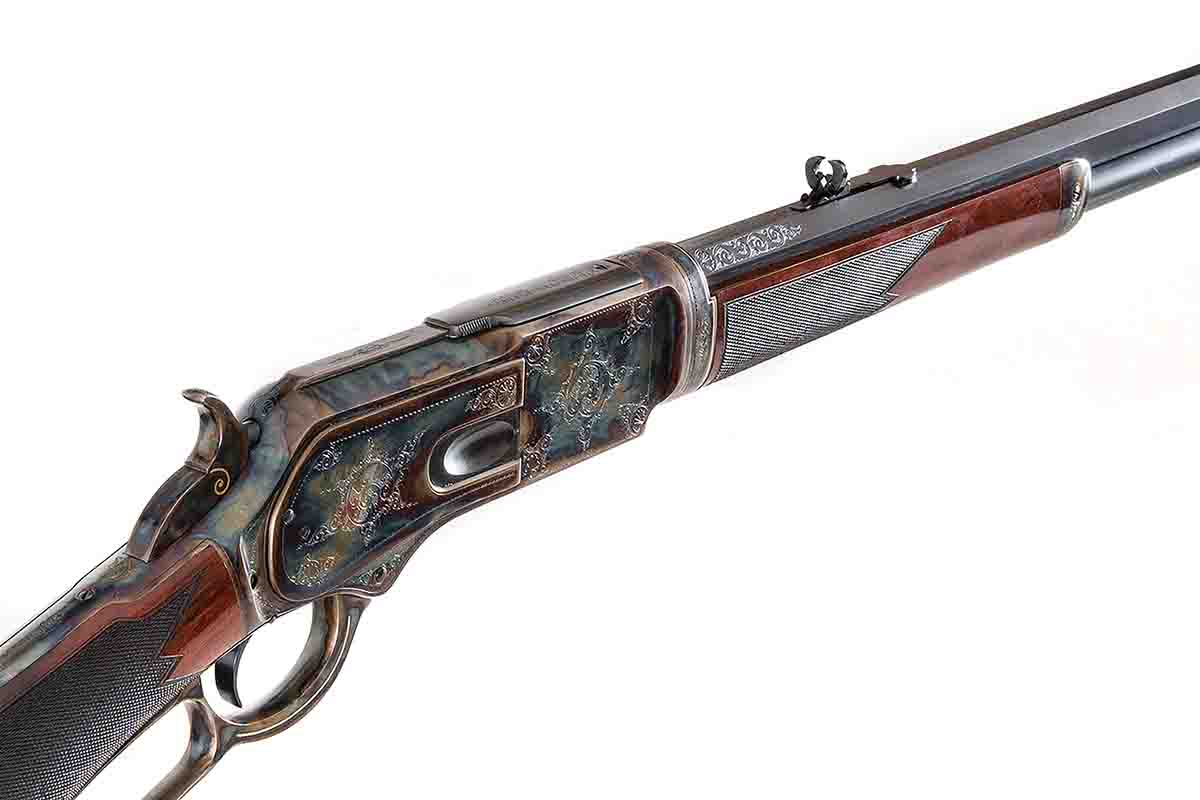
The solution turned out to be a somewhat larger version of the Model 73 that at the outset was chambered for the .45-75 WCF with a 350-grain cartridge containing 75 grains of powder in a 17⁄8-inch case. Called the Centennial Rifle for its debut on the 100th anniversary of the Revolutionary War, Winchester attempted to accommodate the government cartridge, but the basic design features incorporated from the Model 73 weren’t strong enough to safely contain the larger 2.1-inch copper case. At that, the .45-75 load that generated 1,343 fps was close enough to the government 405-grain load to satisfy public demands.
Winchester followed the .45-75 in 1879 with the .45-60 with a 300-grain bullet at 1,271 fps and the .50-95 (aka .50-90, or .50 EX) with a 300-grain bullet at 1,405 fps. The last entry to the cartridge lineup was the .40-60 in 1884 with a 210-grain bullet that reached 1,475 fps from the 26-inch barrel of the M76 rifle, not much of an increase over the .44 WCF with a 200-grain load. Two years later, after a production run of approximately 63,870 units, the M76 was discontinued in favor of the Model 1886, although approximately 4,000 rifles were shipped between 1886 and 1898.
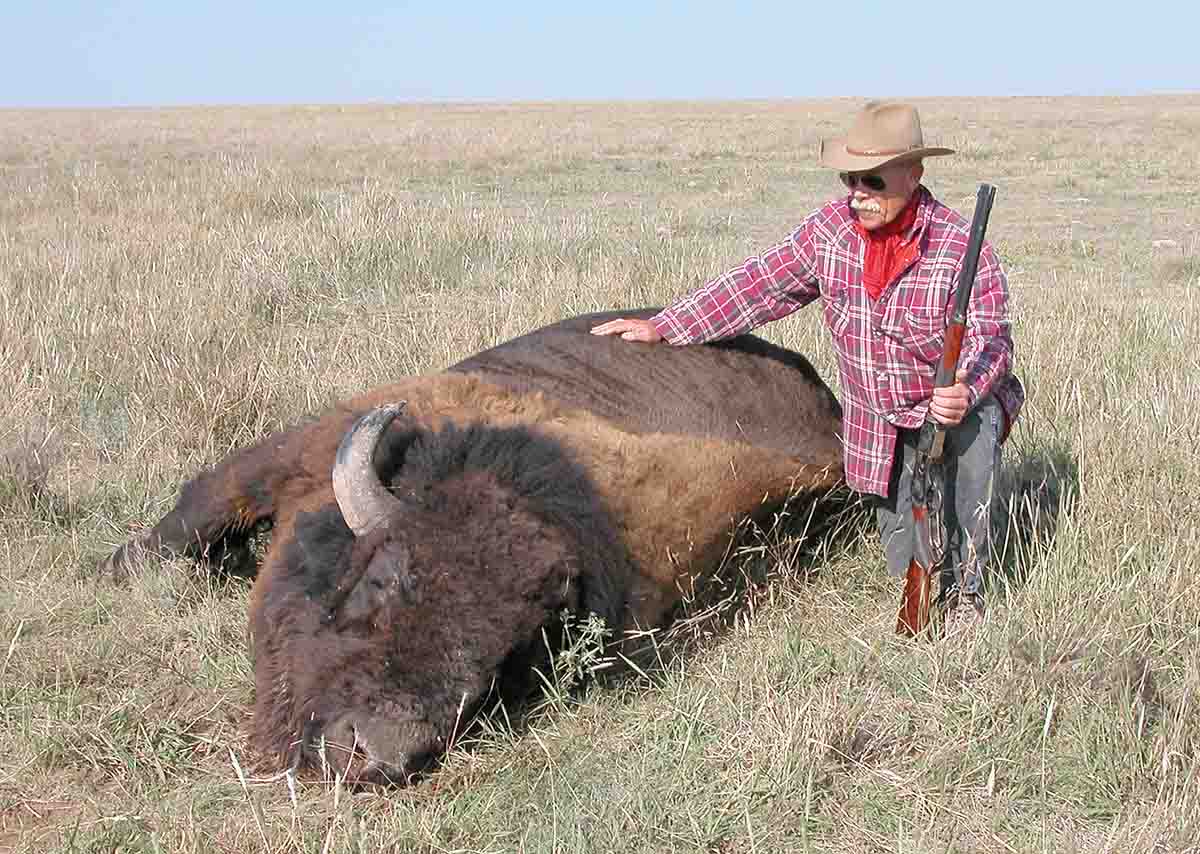
While Winchester routinely attempted to gain military orders for its rifles, a letter from L.G. Baker Company of St. Louis requesting a Model 76 carbine .45-75 be forwarded with 500 cartridges to the Canadian force in Fort Benton, Montana territory, set wheels rolling (Arms and Accoutrements of the Mounted Police 1873 to 1973, Roger F. Phillips and Donald J. Klancher, Museum Restoration Service, Bloomfield, Ont. Canada, publisher). The rifle was apparently well received by the North-West Mounted Police (NWMP) and an order was placed in May 1878 for 50 carbines and 10,000 cartridges. Records show the 50 carbines were of civilian design with a nonadjustable rear sight graduated to 100-, 300- and 500-yard increments. An order for 50 more carbines followed in March a year later. Later orders had dust covers and an adjustable rear leaf sporting sight graduated to 1,000 yards.
Later orders from the NWMP ultimately totaled 1,611 Model 76 carbines, with the first 150 being transferred to the Department of Militia and Defense to arm units being sent out West. The grand total, then, for the NWMP was 1,271 M76 carbines. Details of the standard arm include a nearly full length stock and a 22-inch barrel with an enclosed magazine that held eight rounds. Weight was slightly over 8 pounds, albeit notes do not state if that refers to being loaded or unloaded. All NWMP carbines are so marked on the buttstock.
Another relatively popular military application for the M76 was muskets with 32-inch barrels sent out to several countries, including Morocco, Spain, Turkey, India, the Republic of Hawaii, etc. Ultimately, if the military orders are subtracted from total production, it would appear that Model 76 rifles were in short supply in civilian circles.
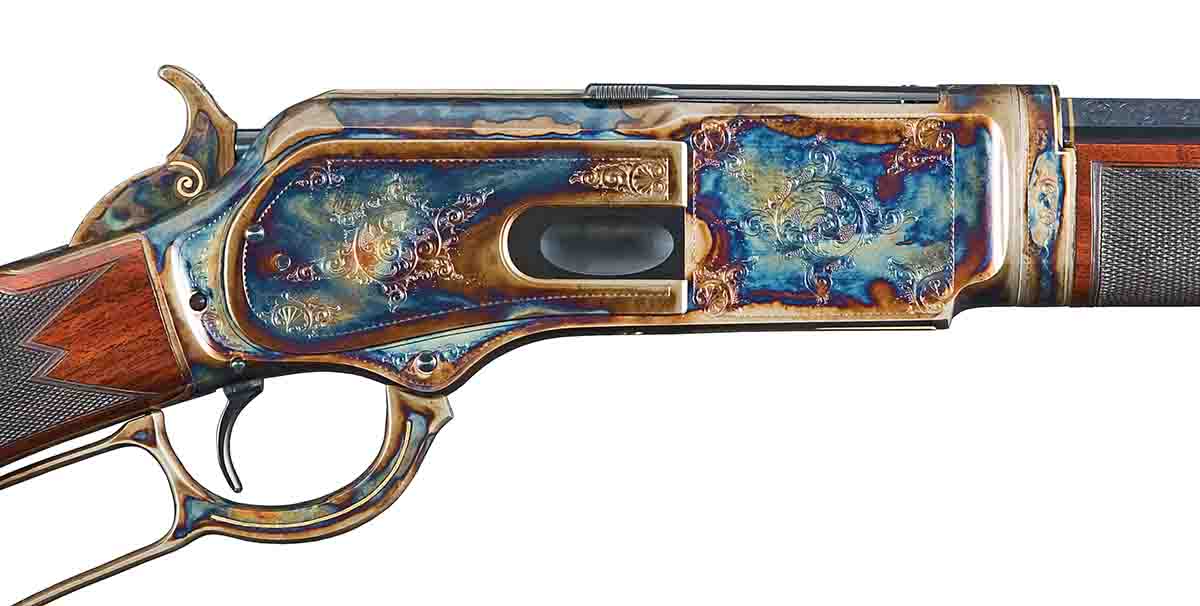
Considering the short production period, it is relatively rare to find documentation of their use. One such adventure that saw the M76 in action was with the posse that tracked down the Diablo Canyon train robbers in the Arizona and Utah Territories, circa 1889. Posse members included Yavapai County Sheriff William “Buckey” O’Neill with an M86 and the three other members with M76 rifles. Legend has it that O’Neill, one of the co-founders of the Arizona Rough Riders that went to Cuba to fight the Spanish with Roosevelt, had his horse shot out from under him during the long trek in pursuit from the site of the robbery in north-

central Arizona to Lee’s Ferry on the Colorado River. The robbers were eventually subdued in Utah and shipped back by train to Prescott, the one-time capital of the Arizona Territory. Epic westerns have been made by lesser stories of daring do.
A few years ago, Doug Turnbull asked if I might be up to a hunt for American bison near Ford, Kansas. The clincher was that I would use a fully restored M76 .50-95 that had been converted to takedown and was known around Turnbull Restoration as “The Rifle That Winchester Never Made,” with a 24-inch barrel, fully engraved with AAA wood, color case receiver and trim, and nitre bluing. In short, it was a museum piece. Doug would use an M86 with an 18.5-inch barrel chambered for the .50 Alaskan, albeit with a 550-grain cast bullet.
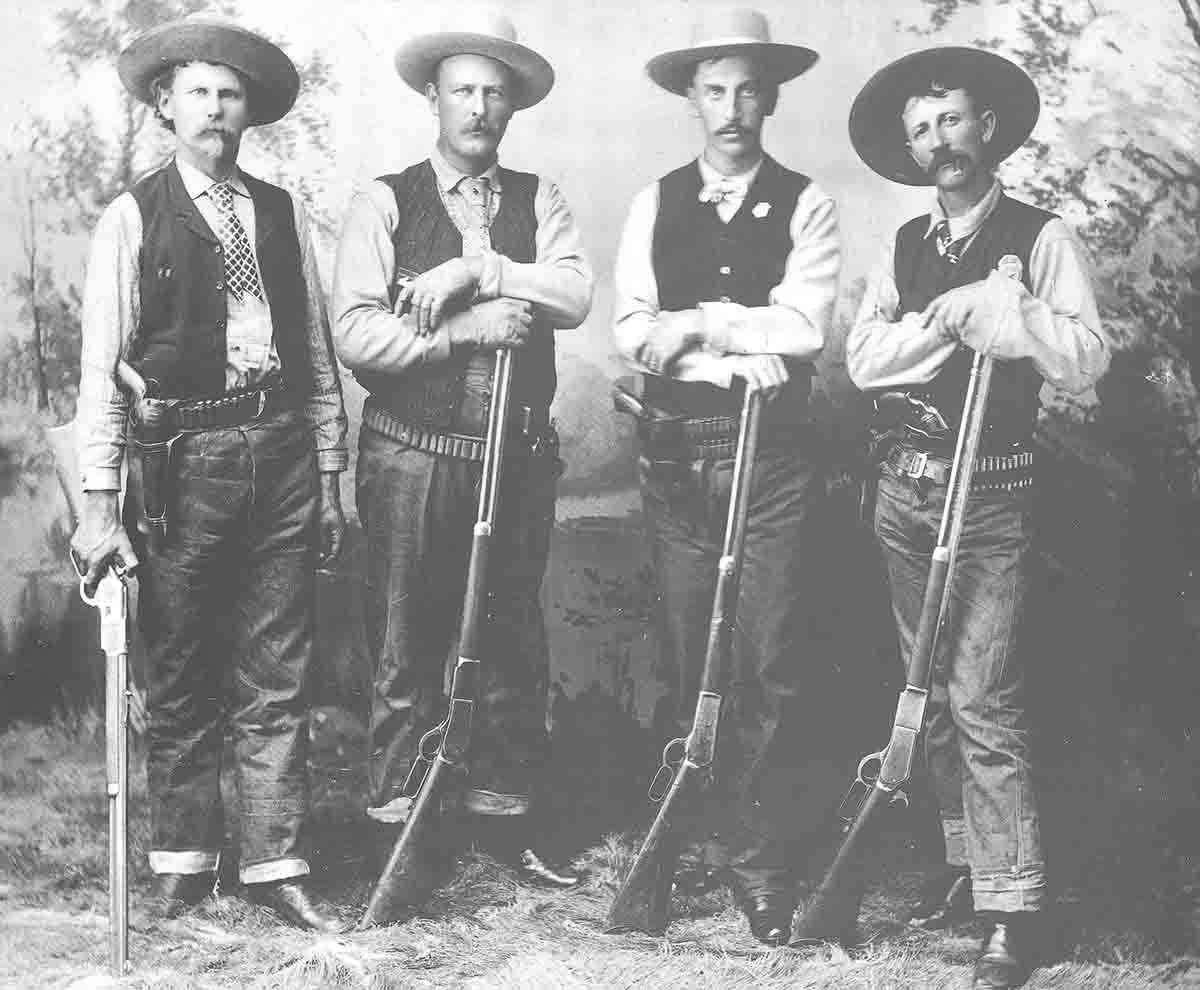
Upon arrival at the Hawes Ranch in Kansas, we waited a day to begin the hunt for an old bull that had a habit of disappearing in the herd of nearly 400 animals that roamed the ranch. It took a while, but Doug, Lee Hawes and I managed to sneak/crawl within a few yards of the big bull undetected. We waited for some time for the bull to stand, at which point the M76 placed three rounds through the ribs, and Doug added a couple of slugs from the .50 AK, causing the bull to turn, just as another .50-95 slug slammed into the lungs, and the great animal tumbled over.
It’s been said by advanced collectors that the M76 Winchester was the most pleasing rifle design Winchester ever made. Like the M73, it was available in a variety of configurations and finishes, and judging from rarity, those that are left of the original 63,000+ are secreted away in vaults, seldom to be seen in the light of day. No doubt, most of the NWMP carbines are still in Canada, and who knows what happened to the muskets that were shipped off to foreign lands, let alone the three M76 rifles that were with the Diablo Canyon posse. As one collector summed up the fate of M76 rifles, carbines and muskets that aren’t in museums or collections: “They were seldom seen then and nearly impossible to find now.”

